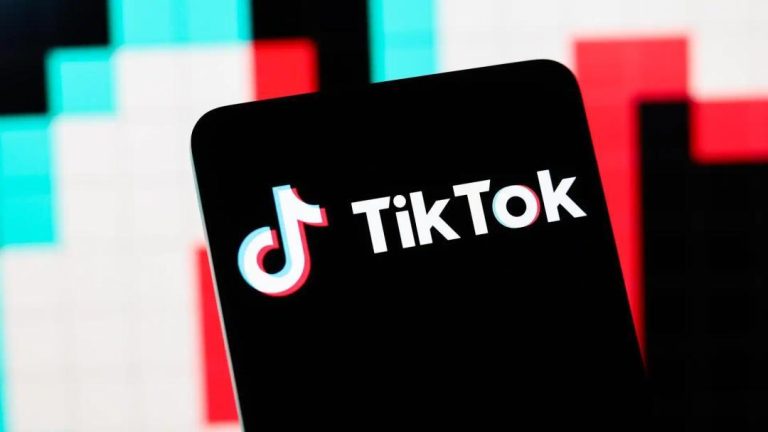
Cyberattacks on Non-Profits & Journalists Surge 241% in a Year: A Growing Concern
In today’s digital age, cybersecurity threats are becoming increasingly common and sophisticated. Non-profit organizations, independent media outlets, and civil rights groups are not immune to these threats. In fact, the latest data reveals a staggering 241% surge in cyberattacks targeting these vulnerable public interest groups over the past year.
According to Cloudflare’s Project Galileo, which provides free cybersecurity protection to these organizations, the number of threats has reached alarming heights. Between May 2024 and March 2025, Project Galileo blocked an astonishing 109 billion threats, highlighting the growing need for robust cybersecurity measures.
This surge in cyberattacks is not only a concern for the organizations themselves but also has far-reaching implications for society as a whole. Non-profits and independent media outlets play a crucial role in promoting transparency, accountability, and social justice. They rely on public trust to carry out their work, which makes them an attractive target for cybercriminals.
Why are Non-Profits and Journalists Being Targeted?
So, why are non-profits and journalists being targeted by cybercriminals? The answer lies in the value they bring to society. These organizations often possess sensitive information, such as personal data, financial records, and intellectual property. Cybercriminals aim to exploit this information for financial gain, to disrupt operations, or to spread disinformation.
Moreover, non-profits and journalists are often seen as soft targets, as they may not have the same level of resources or expertise as larger corporations. This perceived vulnerability makes them an attractive target for cybercriminals, who can easily exploit their weaknesses to launch attacks.
What Kind of Cyberattacks are Being Launched?
The types of cyberattacks being launched against non-profits and journalists are varied and often sophisticated. Some common tactics include:
- Phishing attacks: Cybercriminals send fake emails or messages that appear to be from a legitimate source, tricking victims into revealing sensitive information or clicking on malicious links.
- DDoS attacks: Distributed Denial of Service (DDoS) attacks overwhelm a website or network with traffic, making it unavailable to users.
- Ransomware attacks: Cybercriminals encrypt data and demand payment in exchange for the decryption key.
- SQL injection attacks: Cybercriminals inject malicious code into databases to steal sensitive information or disrupt operations.
- Social engineering attacks: Cybercriminals use psychological manipulation to trick victims into revealing sensitive information or performing certain actions.
What Can be Done to Mitigate the Risk?
Given the growing number of cyberattacks targeting non-profits and journalists, it’s essential to take proactive measures to mitigate the risk. Here are some steps that can be taken:
- Implement robust cybersecurity measures: This includes installing up-to-date antivirus software, firewalls, and intrusion detection systems.
- Conduct regular security audits: Identify vulnerabilities and patch them before they can be exploited by cybercriminals.
- Train staff on cybersecurity best practices: Educate employees on how to identify and respond to cyber threats.
- Implement incident response plans: Develop plans to quickly respond to and contain cyberattacks.
- Consider collaboration with cybersecurity organizations: Leverage resources and expertise from organizations like Cloudflare’s Project Galileo to stay ahead of cyber threats.
Conclusion
The surge in cyberattacks targeting non-profits and journalists is a growing concern that requires immediate attention. As these organizations play a vital role in promoting transparency and social justice, it’s essential to protect them from cyber threats.
By implementing robust cybersecurity measures, conducting regular security audits, and training staff on cybersecurity best practices, non-profits and journalists can mitigate the risk of cyberattacks. It’s also crucial to consider collaboration with cybersecurity organizations and to stay informed about the latest threats and trends.
As the digital landscape continues to evolve, it’s essential to prioritize cybersecurity and protect the vulnerable public interest groups that are being targeted. By doing so, we can ensure that these organizations continue to operate safely and effectively, promoting a more transparent and just society.
Source:
https://geekflare.com/news/cyberattacks-on-nonprofits-journalists-surge-241-in-a-year/






